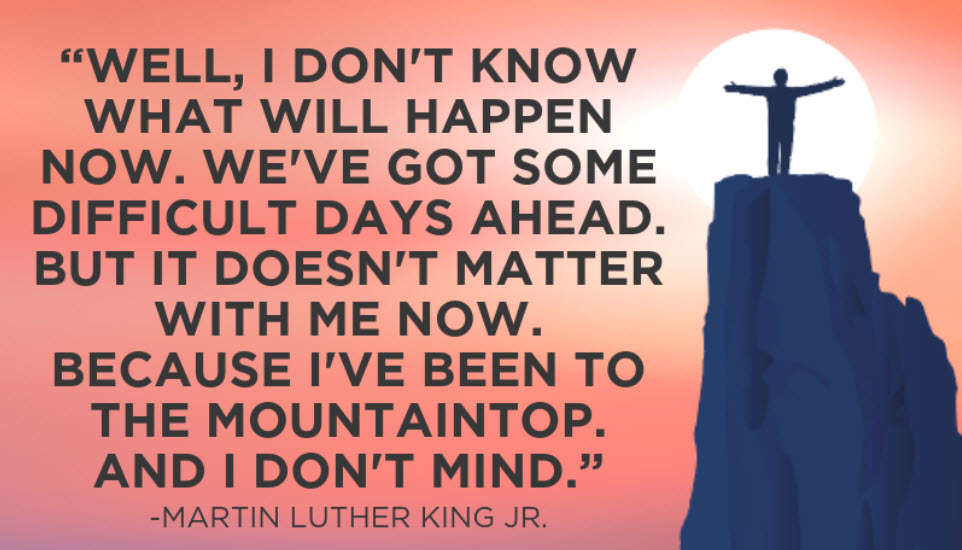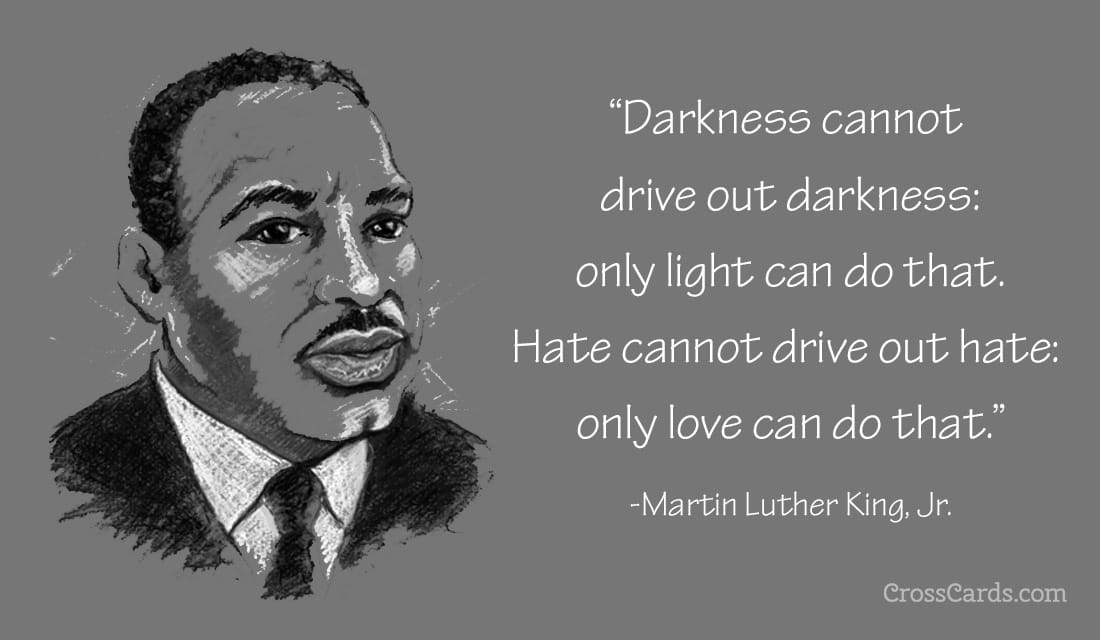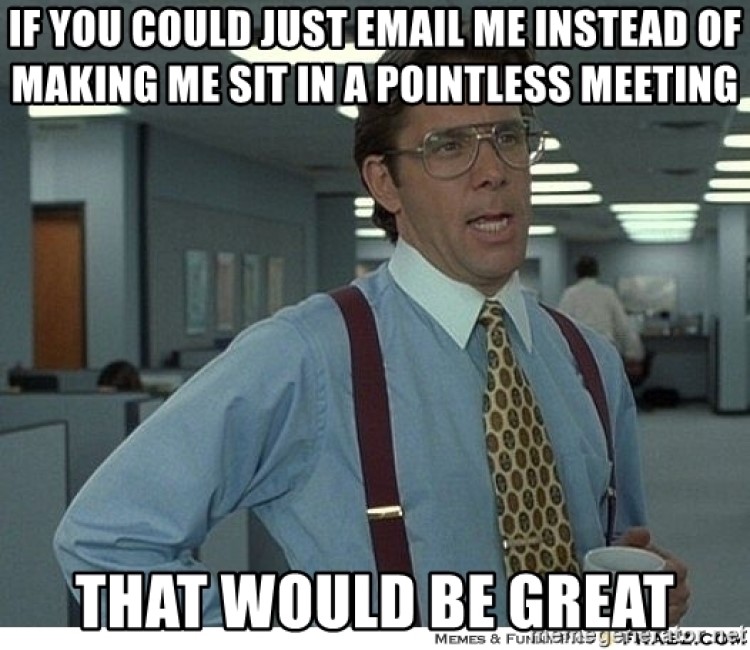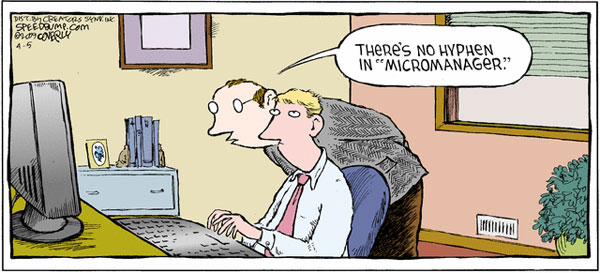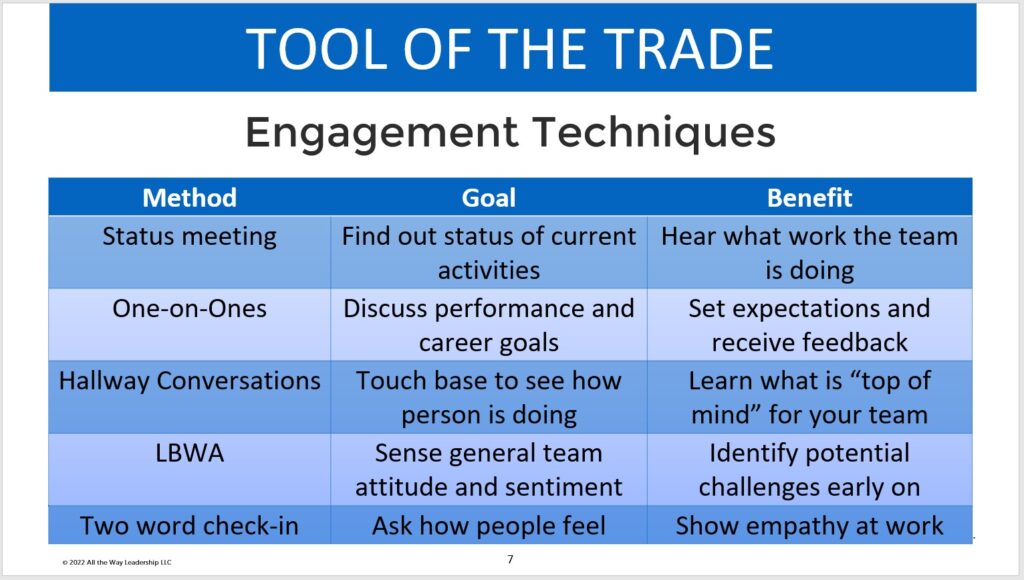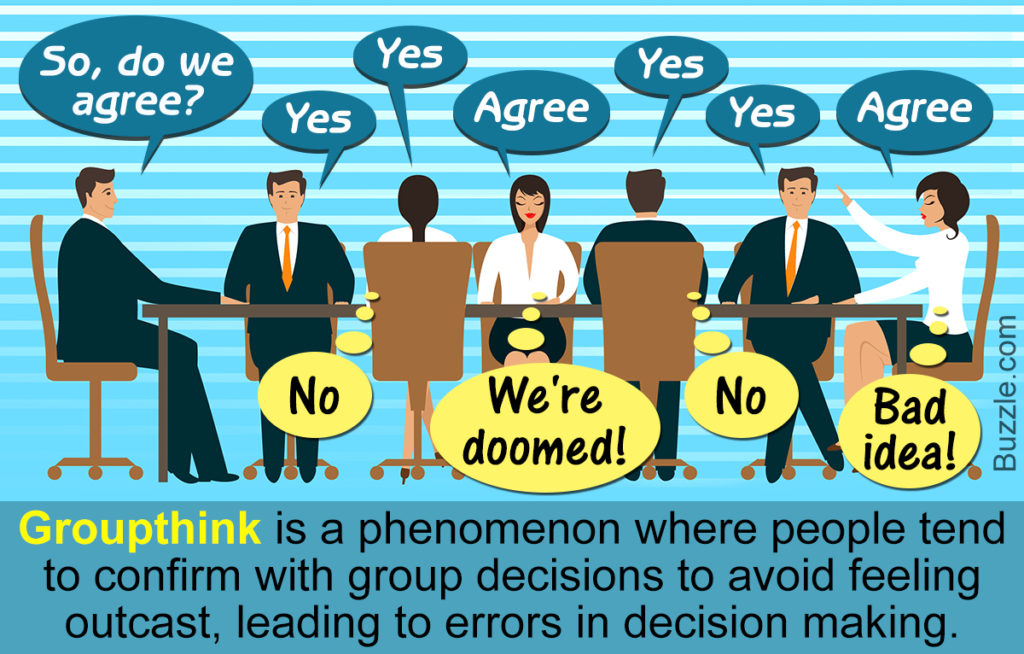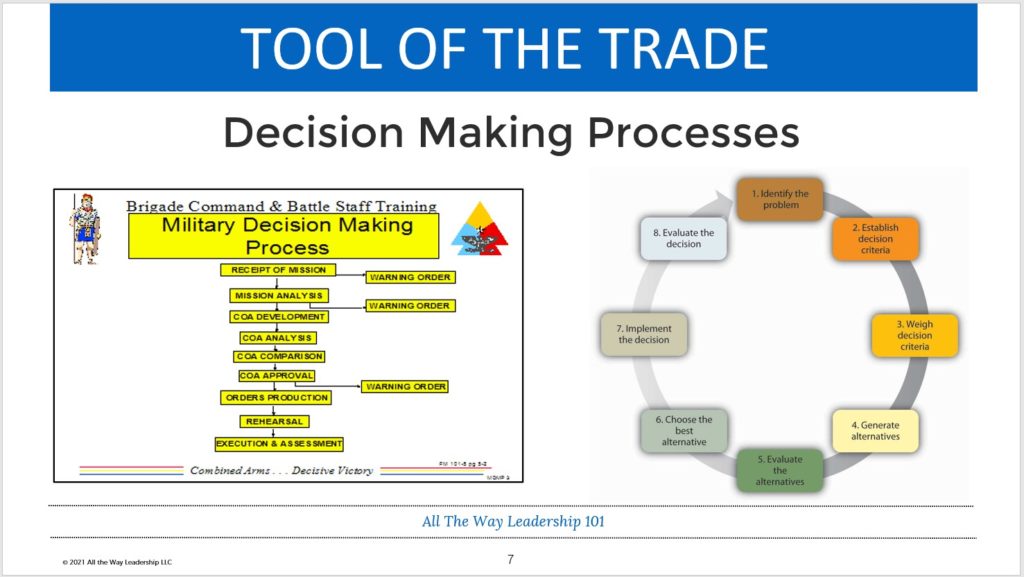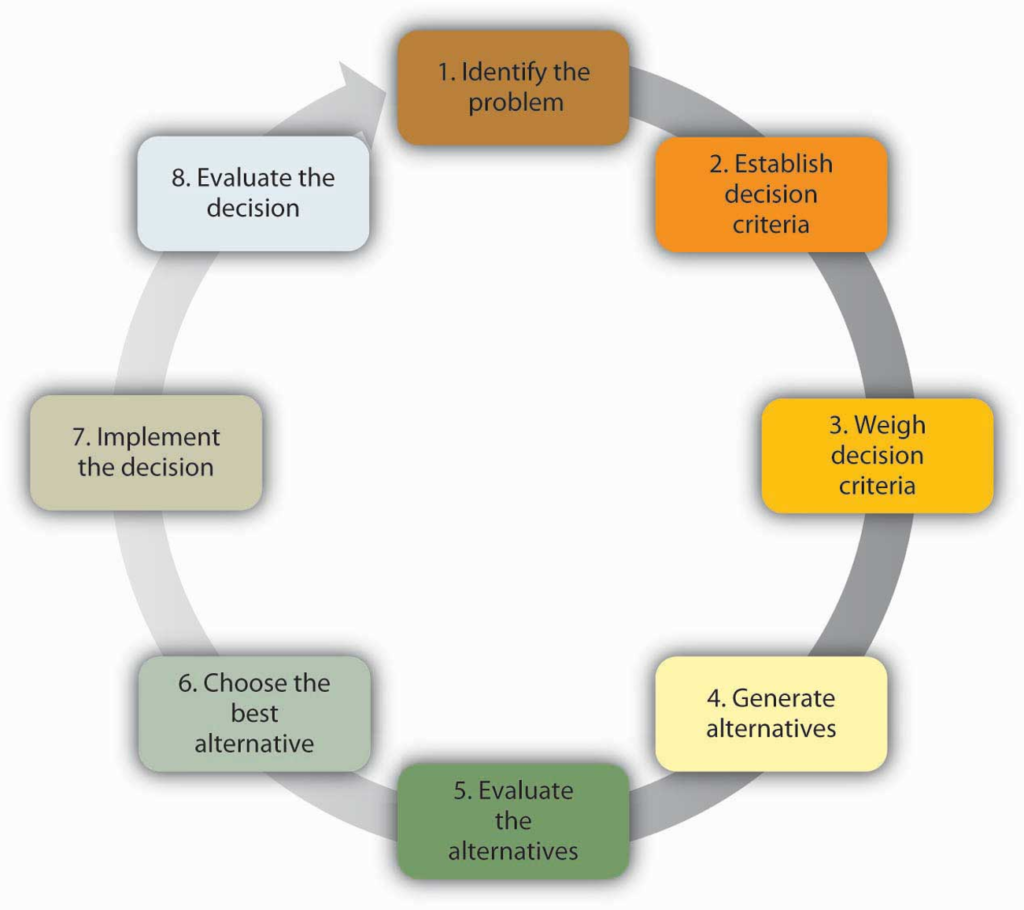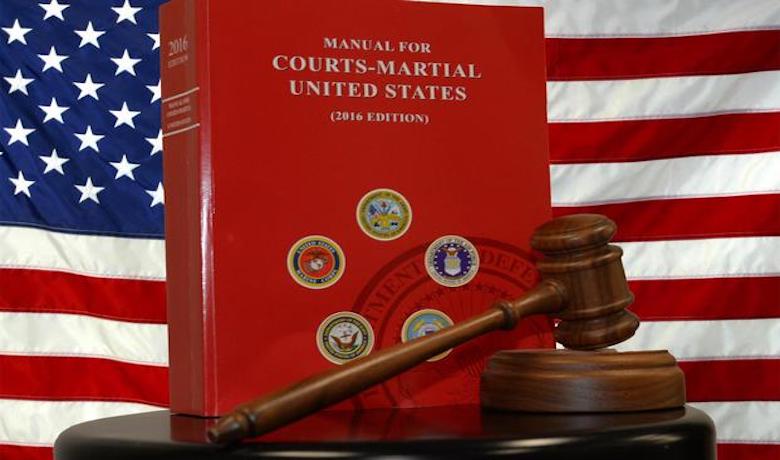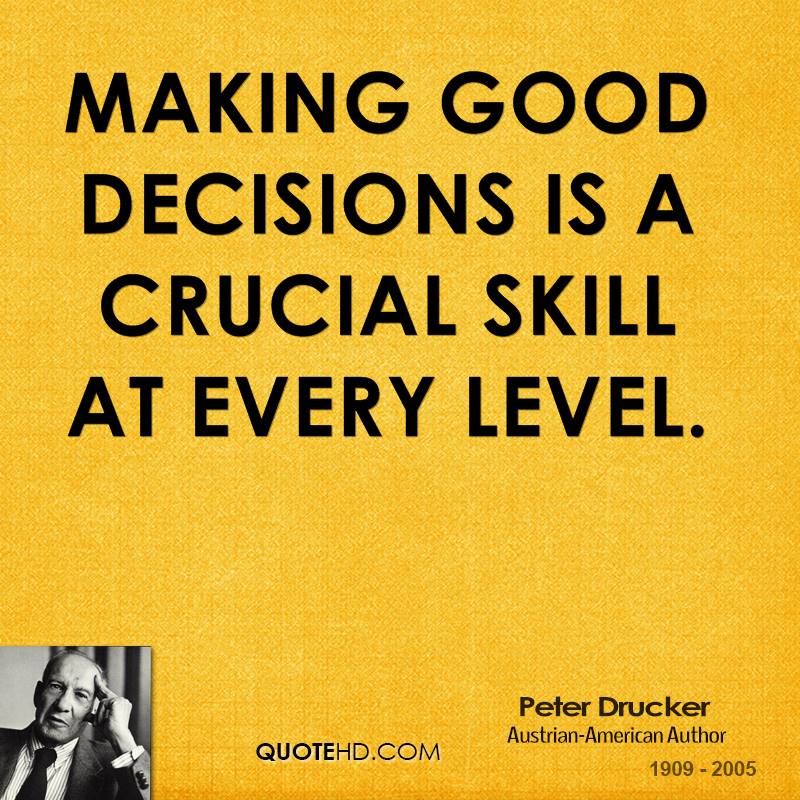Martin Luther King, Jr. remains a personal hero of mine. I believe MLK is one of the greatest leaders America ever produced. His name belongs among other American titans like Washington, Jefferson, Lincoln, Teddy Roosevelt, and Ike Eisenhower. Here are five reasons why his legacy continues to grow sixty years after his most famous speech.
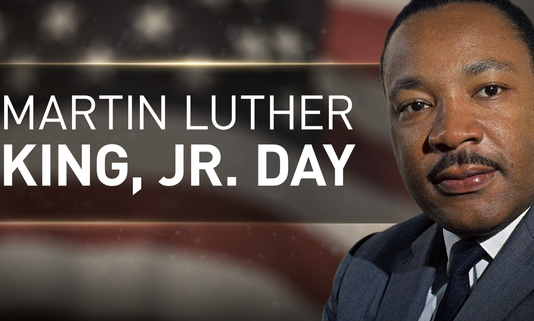
1. MLK leveraged his strengths to the advantage of others
Martin Luther King, Jr. did not have much power at all as a leader. He was an African-American man living in the segregated South. Whites and blacks were not equal. He was not a wealthy man either. MLK did possess several strengths that he leveraged to the advantage of others. First and foremost, he was a man of deep faith. Trained as a Baptist minister after completing college, MLK based his worldview on his Christian faith. He often quoted scripture when speaking and writing to justify the righteousness of the civil rights cause. Brilliant – preach the truth to the racists who claimed to be Christians. Little did they know at the time how foolish they looked in retrospect.
Fools find no pleasure in understanding
Proverbs 18:2
but delight in airing their own opinions.
2. He fought the battle with ideas
Martin Luther King, Jr. was a smart man. He passed the entrance exam for Morehouse College at age 15. He graduated with a degree four years later. MLK completed seminary, earned a Master’s degree, and received his Ph.D. by age 26. Impressive academic credentials that would serve him well over the years. If you read his writings or listen to his speeches they are both inspirational and logical. It is hard to pull apart his positions or argue against them. Many tried – most failed. MLK decided to fight his battles with ideas and non-violence. Genius moves on his part. His enemies, critics, and antagonists were not sure how to respond. They did not realize that he fought from higher ground and held the advantage, rather than the other way around.

3. MLK learned big ideas from others
Martin Luther King, Jr. was a Christian, and he was willing to learn from others. His non-violent approach to the civil rights struggle was rooted in his faith and modeled after Gandhi’s actions when battling the British Empire. According to a trusted internet source, from the early days of the Montgomery bus boycott Martin Luther King, Jr., referred to India’s Mahatma Gandhi as “the guiding light of our technique of nonviolent social change”. MLK realized the odds were stacked against him. He decided to learn from another leader who faced a similar situation and won. Ingenious idea – it worked. In the end, both were victorious.
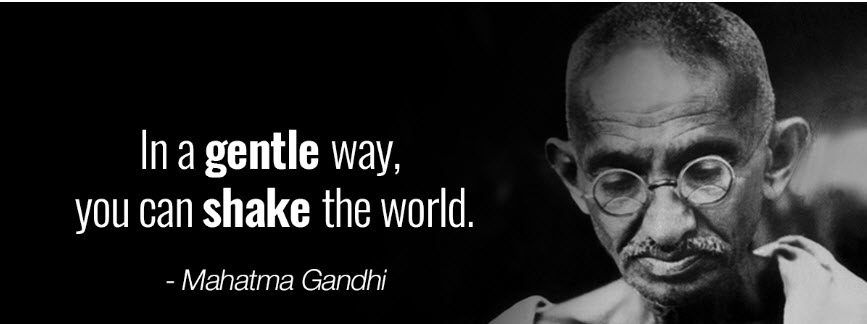
4. He spoke with clarity and purpose
Martin Luther King, Jr., is arguably one of the greatest orators in American history. When MLK spoke, he inspired others to act. The words he said, and the ideas he offered still reverberate across the world today. He was clear and spoke with purpose. It is a divine talent that few possess. Imagine for a moment the pressure MLK must have felt as he stood before hundreds of thousands on the National Mall. The “I Have a Dream speech” he gave that day is considered to be one of the best speeches ever. Right up there with Lincoln’s Gettysburg address. MLK’s most famous speech inspires me to be a better person and dream of the world he described.
5. MLK chose the harder path
Martin Luther King, Jr. paid the ultimate price for the civil rights cause. He was assassinated on April 4th, 1968. What a tragic loss for America, and the world. His early death is strikingly similar to President Lincoln’s. Both were gunned down by madmen. Both decided to take the harder path and paid the price. Lincoln and MLK both took America to a new mountaintop, a better place. I am grateful for both of them. I especially admire MLK’s decision to take the high road, the harder path. His life greatly impacted mine. I was born only a few short months before he died, and I cannot imagine what the world would be like without him. I am reminded of his impact whenever I hear the song “Pride (In the Name of Love)” by U2. A song they wrote in tribute to him.
We still have a long way to climb
America and the rest of the world still have a long way to go when it comes to equality and civil rights. In fact, I think one could argue that we have taken a few steps backward this past decade. That needs to change. Let’s move forward to the next mountaintop. To go backward would sully the legacy of Martin Luther King, Jr. A man whose legacy continues to grow with each passing year.
